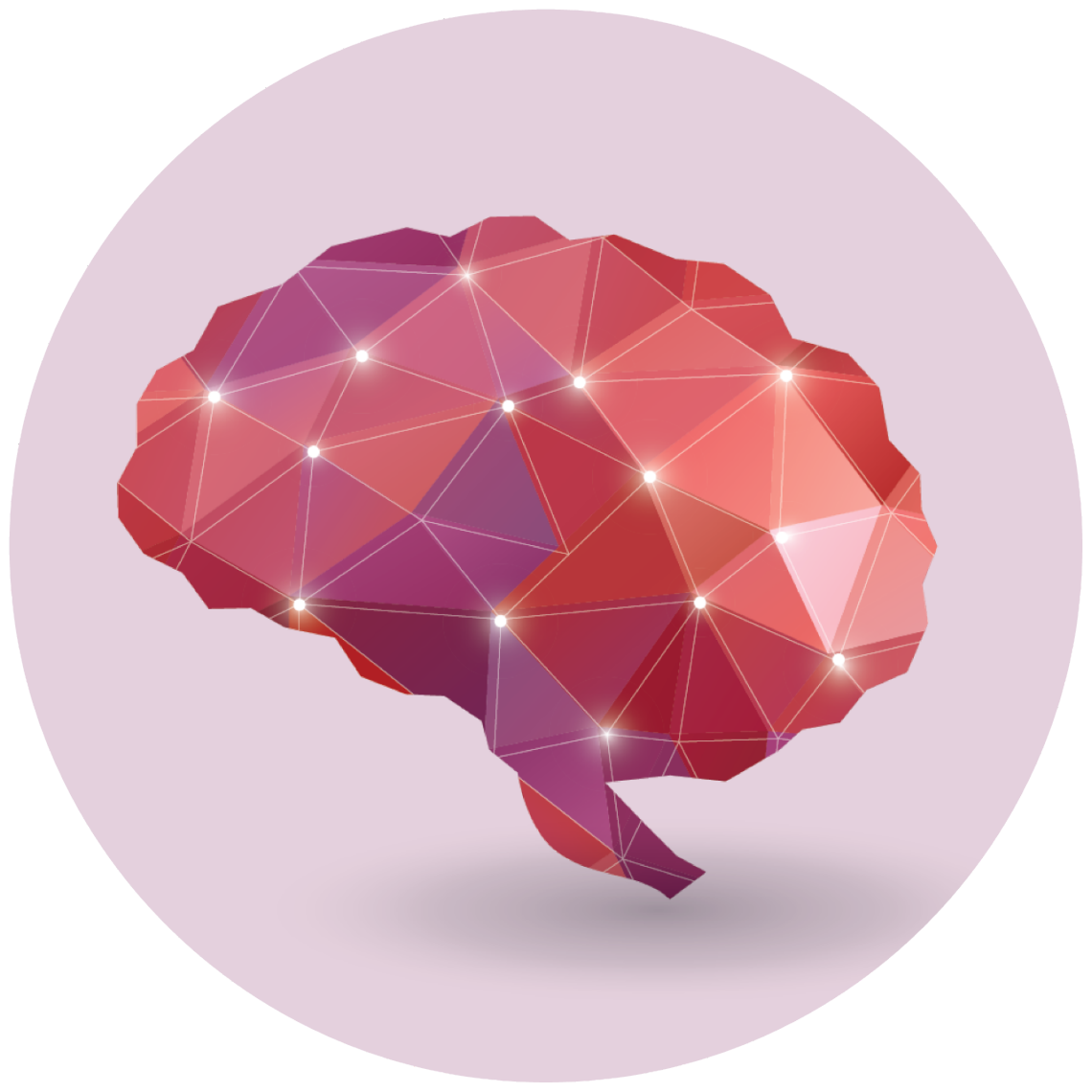AARP Hearing Center


Feeling dizzy or off-kilter? You’re not alone. Balance difficulties are one of the top reasons adults come to me as a general neurologist. And believe it or not, there’s not just one diagnosis that could explain those difficulties. Quite a few brain or nerve conditions can cause an older adult to feel unsteady, or worse, fall and end up in an emergency room.
“Good balance depends on three things working well together,” says neuro-otologist Terry D. Fife, M.D., director of the balance disorders and vestibular neurology program at Barrow Neurological Institute in Phoenix.
The three are: being able to feel where your joints and limbs are in space, coordinating information from your eyes and inner ears, and your muscles’ ability to carry out the brain’s instructions. If any of those systems go awry, you may feel unstable on your feet.
If the cause is not obvious, such as a new medication or an inner ear infection, then it’s time for a more thorough approach. “That means going to a neurologist to provide a good history of how the balance problem developed, undergoing a careful physical exam and sometimes having imaging or other tests,” Fife says.
AARP Brain Health Resource Center
Find in-depth journalism and explainers on diseases of the brain — dementia, stroke, Parkinson’s disease, mental-health topics. Learn about healthy habits that support memory and mental skills.
I asked neurology colleagues to share how they diagnose four easy-to-miss disorders that throw off equilibrium in people over 50.
1. Normal pressure hydrocephalus
Billy Joel announced in late May that he was taking a break from performing because of normal pressure hydrocephalus, a disorder in which the fluid-filled spaces in the brain, called ventricles, are enlarged. He had fallen onstage in February and had surgery to address the problem.
NPH is more commonly seen in people 60 and older, but it’s rare, affecting about 800,000 older Americans. Trouble with balance and walking are the main symptoms, followed by difficulties with bladder control and cognitive struggles that mimic dementia.
“If we take a little stumble on the sidewalk, we correct ourselves. But patients with hydrocephalus don’t have those postural reflexes,” says Michael A. Williams, M.D., director of adult hydrocephalus and CSF disorders at the University of Washington. They can fall “just turning around in the kitchen; it’s as though their feet are stuck and over they go,” he says.
To test for NPH, Williams places the palm of his hand on a patient’s upper chest and asks them to resist as he gives them a slight push backward. If their postural reflexes aren’t working, they step backward to try to catch themselves or start to fall. If all is well, they can resist the push.
Testing for the disorder typically entails getting an MRI of the brain. If hydrocephalus is discovered, Williams assesses the response to the temporary removal of spinal fluid. If there is improvement, there’s a good chance the patient will benefit from a shunt to drain the excess fluid from the brain, Williams says, adding, “The happiest part of my job is when somebody comes back [after surgery] and says, ‘Look at me!’ and they don’t have a walker anymore.”





































































More From AARP
Improve Your Balance with These Tips
A doctor's advice for preventing falls
10 Foot Mobility Exercises
These balance and stability moves will keep you on your toesImprove Balance with One-Foot Exercise
Practice this to reduce falls and age better